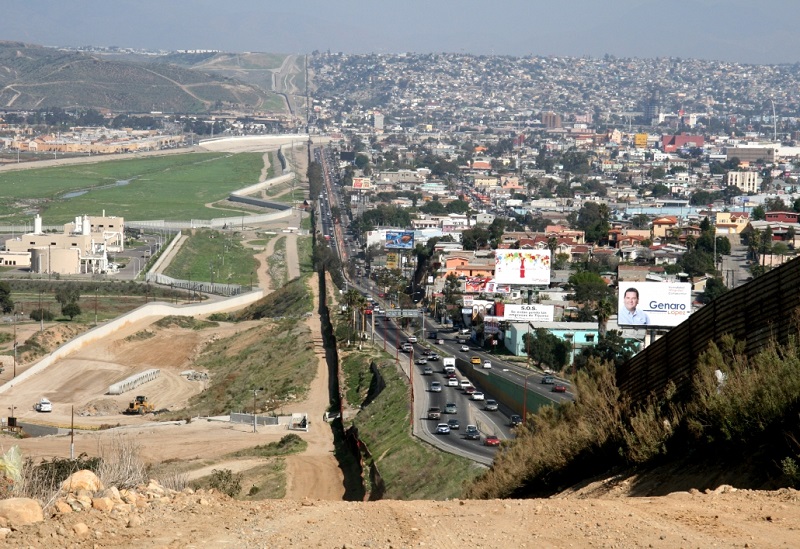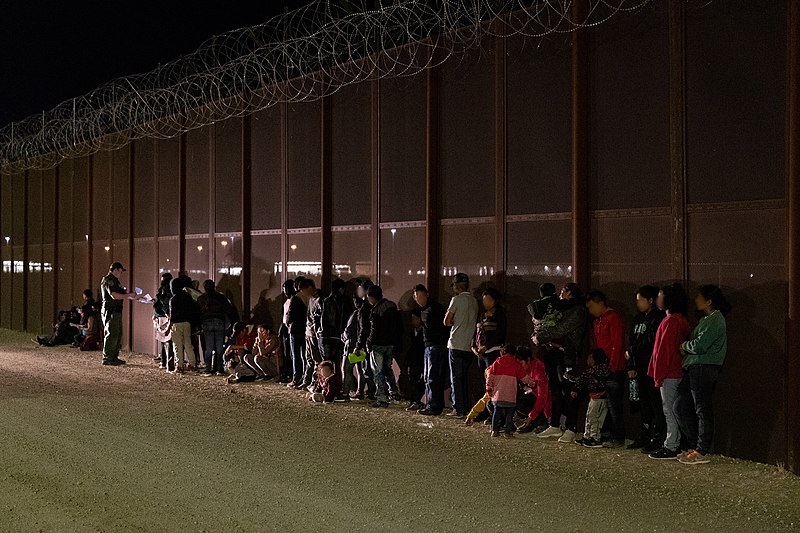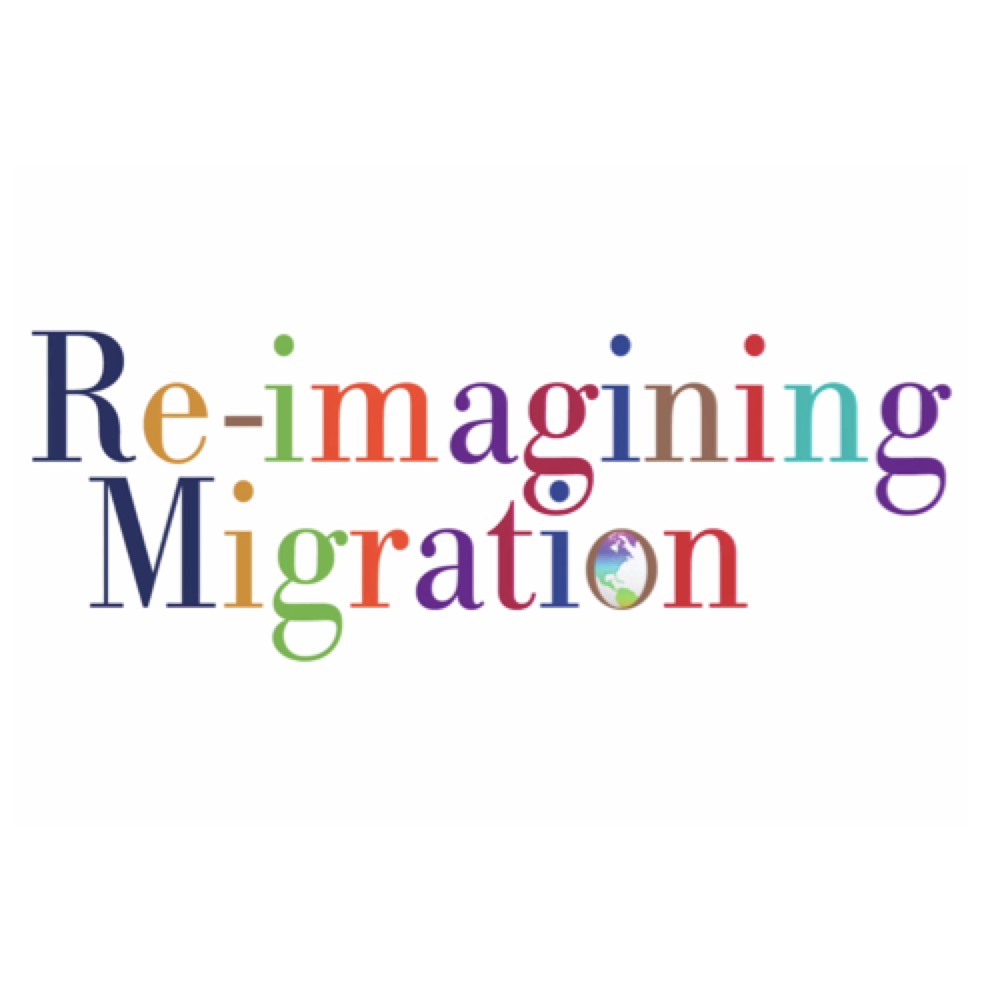Asylum Seekers: Discussing the US Supreme Court Ban
Explore resources on asylum seekers and the recent ban from Re-imagining Migration's Aakanksha Gupta, and learn how to discuss and teach the new ruling.

Share
September 16, 2019
Explore resources on asylum seekers and the recent ban from Re-imagining Migration's Aakanksha Gupta, and learn how to discuss and teach the new ruling.
Share
On September 11, 2019, the US Supreme Court authorized President Trump to deny entry to asylum seekers at the southern border. This order permits the administration to enforce the third country rule, requiring refugees to seek asylum in a safe country prior to reaching the US. As one of many recent policy measures to restrict immigration, this would drastically reduce asylum applications from migrants traveling through Central America. Asylum seekers hail from Africa, Asia and South America, and many are fleeing violence and environmental catastrophes. We will update this page as the story unfolds.
Re-imagining Migration has compiled a selection of articles and resources about asylum seekers and this recent development to help guide classroom discussions:

Educators, as we reflect on the impact of this recent news, we invite you to consider these questions from the Re-imagining Migration Learning Arc:
Additional Questions on Asylum Seekers
Background & Relevant Resources
Looking back: migration has been a fundamental part of the shared human experience well before human beings created national borders, walls and boundaries. In our resource, Talking and Teaching about Walls and Borders, we provide historical context and discuss President Trump’s campaign promise to build a wall along the US-Mexico border. We also encourage fellow educators to take a step back to explore the significance of borders, walls and boundaries with their students. In our more recent collection, Reflecting on Guatemala, Migration and Asylum, we use reflection questions and a range of news articles to address President Trump’s initiatives to decrease the number of migrants arriving at the US-Mexico border. Specifically, we look at the agreement the US government signed with Guatemala to establish it as a “safe third country”.
This article was written by Aakanksha Gupta on Re-Imagining Migration's website and can be found here.

Re-imagining Migration’s mission is to ensure that all young people grow up understanding migration as a fundamental characteristic of the human condition, in order to develop the knowledge, empathy and mindsets that sustain inclusive and welcoming communities.
We live in an era of mass migration. Young people – whether they are part of an arriving or receiving culture – strive to form their identities as learners, community members and change-makers in the context of this global phenomenon. At Re-Imagining Migration, we are catalyzing a community of educational leaders and social organizations around making migration a part of their curriculum and culture so that all students can feel supported in their social, emotional, academic, and civic growth. Join us in this important work.
